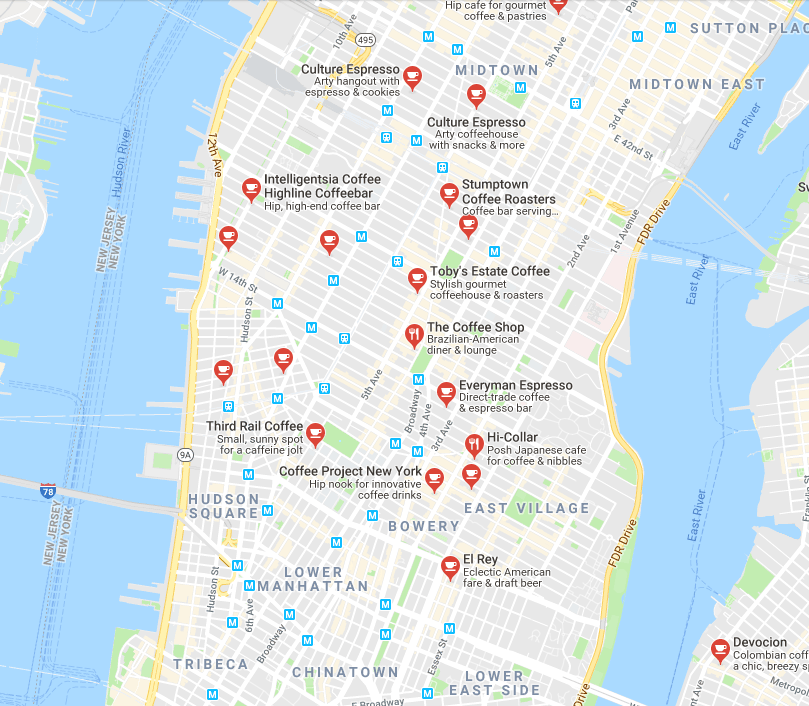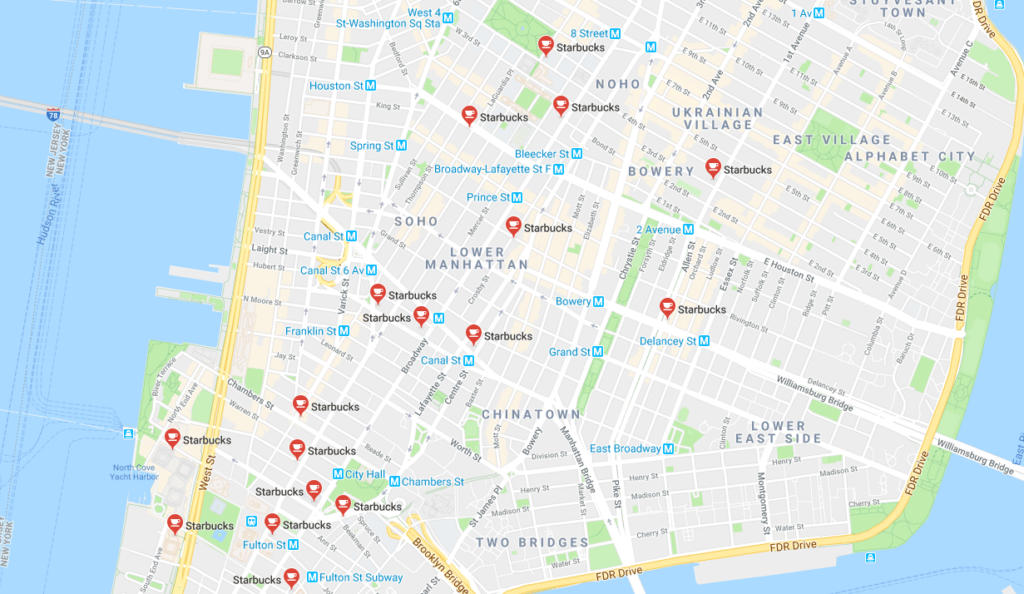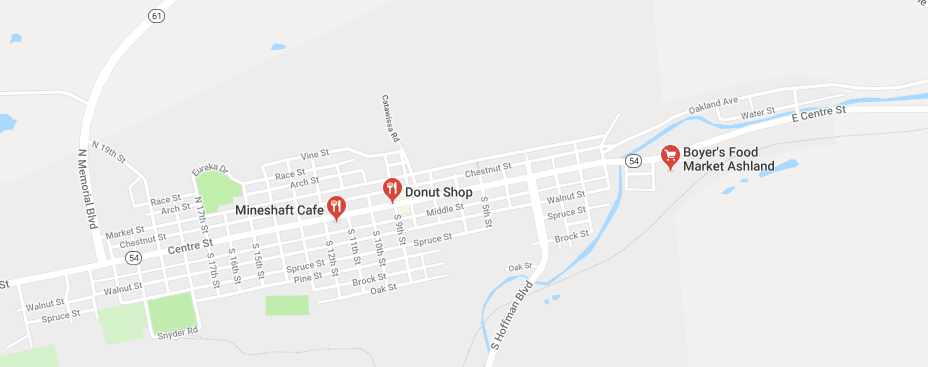Competitor Geofencing Advertising Pricing in 2026
An Inside Look at WebFX Geofencing Pricing
-
Geofencing Capabilities
Address, Events, Competitor Locations, Regions, Zip Codes, and More
-
Highlights
👋Dedicated geofencing expert to consult on strategy
👥Automated or manual audience list curation
🏬Online or offline conversion tracking including brick & mortar foot traffic
🎨Ad design included
How much do professional competitor geofencing advertising services cost?
Curious about how much WebFX competitor geofencing advertising services cost? Browse our pricing now, or, keep reading to learn more about how much competitor geofencing advertising costs.
Aggressive Plan
$550 / month
-
 $1,000 – $3,600 monthly ad spend
$1,000 – $3,600 monthly ad spend -
 Up to 15 conversion zones
Up to 15 conversion zones -
 Web form, ecommerce, and foot traffic conversion traffic
Web form, ecommerce, and foot traffic conversion traffic -
 Desktop, tablet, and mobile audience targeting
Desktop, tablet, and mobile audience targeting
Market Leader Plan
15% of ad spend / month
-
 $3,600 or more monthly ad spend
$3,600 or more monthly ad spend -
 Up to 50 conversion zones
Up to 50 conversion zones -
 Quarterly banner ads
Quarterly banner ads -
 Single target address fences
Single target address fences
Video: Geofencing explained
If you have any questions about what geofencing is or how it works, check out our video! Xander explains how geofencing can help you target your most qualified customers and increase the number of people that visit your storefront.
WebFX competitor geofencing advertising pricing
At WebFX, we want to be 100 percent transparent with our current and potential clients. We believe that it’s extremely important to publish our pricing online, so that potential clients can get a feel for whether or not we are the right agency for them in terms of budget.
We improve the numbers that matter most
Read our case studies for more a more in-depth look at our results.
Is the price for geofencing worth it?
If you’re looking to take your business to the next level, but aren’t sure how to do so, geofencing is the answer. The up-and-coming trend doesn’t diminish the need for other marketing strategies like investing in SEO services and having a great web design, but it does help aid your business in gaining more local, storefront visits.
Aggressive Plan
$550 / month
-
 $1,000 – $3,600 monthly ad spend
$1,000 – $3,600 monthly ad spend -
 Up to 15 conversion zones
Up to 15 conversion zones -
 Web form, ecommerce, and foot traffic conversion traffic
Web form, ecommerce, and foot traffic conversion traffic -
 Desktop, tablet, and mobile audience targeting
Desktop, tablet, and mobile audience targeting
Market Leader Plan
15% of ad spend / month
-
 $3,600 or more monthly ad spend
$3,600 or more monthly ad spend -
 Up to 50 conversion zones
Up to 50 conversion zones -
 Quarterly banner ads
Quarterly banner ads -
 Single target address fences
Single target address fences
When you pay for geofencing services, you’re essentially paying to encourage local customers to visit your storefront instead of your competitors.
Take American Eagle for example. The clothing giant has stores scattered through shopping malls and strip malls alike and uses geofencing to get more customers through the door. When a potential customer enters the geofence, American Eagle sends notifications to consumers encouraging them to check out their latest sale or see what’s new.
The strategy resulted in a threefold increase in purchases for the already-successful clothing chain.
That’s not the only business that benefited from geofencing, though. Take Taco Bell, for example.
The popular fast-food chain utilizes a geofencing campaign for customers who use their app. After a taco-lover downloads their app, they’ll get push notifications from Taco Bell every time they’re in the vicinity of a location.
This is an effortless way to get consumers to order on the app when they’re within a close radius to an actual location, and it’s been so successful that it increased Taco Bell’s annual sales by six percent.
WebFX is a top geofencing company
If you’re ready to reap the many benefits of creating a competitor geofencing campaign for your business, WebFX can help!
We’re a full-service Internet marketing agency located in Harrisburg, PA. Full-service means that we offer far more than just competitor geofencing — we also offer tons of services to compliment your geofencing campaign.
We have over 750+ subject matter experts working on our campaigns, and we’ve already driven millions of leads for our clients. Not to mention, we have 1,100+ raving fan testimonials that can speak to the quality of our services.
If you’re interested in a full marketing campaign, here is a glimpse into our long list of services:
Search engine optimization
The common marketing strategy also known as SEO, is one of the most effective options out there. Just like competitor geofencing gets targeted ads in front of the right consumers at the right time, SEO does the same thing with organic results. SEO campaigns ensure that your content appears highly in search engine optimization pages so that users can find you in organic results.
Pay-per-click (PPC) advertising
Our PPC services include a strategy that is extremely similar to competitor geofencing. It works the same exact way — by delivering targeted ads to users — except these ads are delivered when users search for a specific query and don’t have anything to do with a specific location. However, you can opt to serve your ads to users in a specific demographic location, but it won’t require a geofence and is slightly less granular.
Web design
Web design is the digital business card of your business. It allows users to learn about your products and services, meet your staff, learn the history behind your business, and so much more. The design of your website has a profound effect on your customers and can even decide whether you make a sale.
Social media marketing
Social media is one of the best ways to share information and using it for business is a great marketing win. We can help you use social media platforms like Facebook, Instagram, Twitter, and more to promote your products and services to your target market.
We offer tons of other services that work extremely well with competitor geofencing, and we’d love to talk to you about your custom campaign with WebFX!
What’s the next step?
To learn more about our custom geofencing services and how they can help your business, feel free to contact us online or give us a call at 888-601-5359 We can’t wait to hear from you!

























